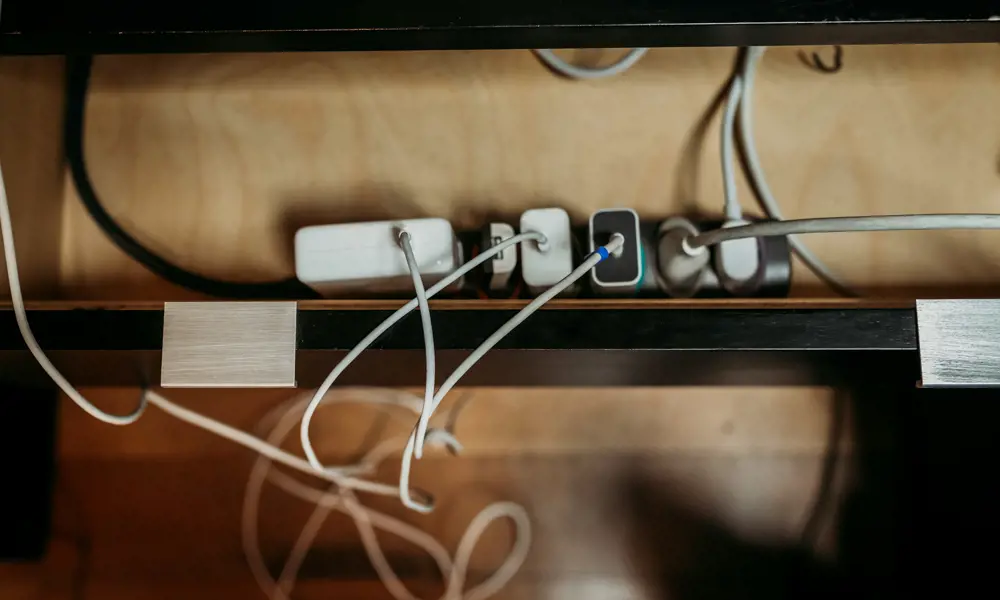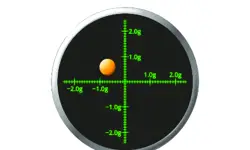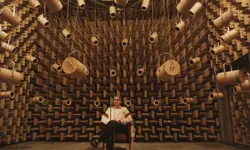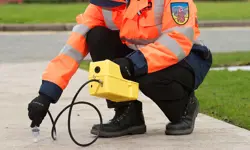
Powerline networking

Multiple devices can be connected to the internet via their power leads
Powerline networking, or powerline communications, is a form of communication that uses electrical wiring to carry both data and alternating current (AC) electrical supply through existing electrical infrastructure. Powerline networking can have a range of uses. In the home it is mostly used for home automation (smart home) and internet access, but it is also used in industrial and commercial settings, for example by utility companies to carry out tasks such as remote meter readings.
The powerline is able to carry data via the superposition of a low-energy information signal to the power wave, which means they can pass through each other without being disturbed. Data is transmitted at a minimum of 3 kHz to ensure that the power wave does not interfere with the data signal. Electrical wiring in the home is able to transmit signals at a variety of frequencies. Electricity usually travels at 50/60 Hz frequencies, meaning that data can use the same wires, but at a much higher frequency so that the two do not affect each other.
To install powerline networking in a home, two special adaptors are needed. The first powerline adapter would be connected to an existing wired local area network router, and the second adapter would be attached to an Ethernet-ready device such as a computer or television. When both adapters are plugged in, a network connection will be established internally through the electrical wiring between the two wall sockets, meaning that other than the power cable, no extra wires are needed to connect the device to the router. It can be used for wireless printing, playing music to remote speakers, file sharing in homes with multiple computers, connecting televisions to the internet, and gaming.
In home automation systems, powerline communications can be used for controlling lights, heating, air conditioning, cameras, and security systems. The concept of a smart home has been around since the 1970s, when a Scottish company invented X10, a system that allowed compatible home devices to communicate via the existing wiring. A transmitter, such as a keypad or remote control, could send a message in numerical code over the existing wiring to a receiver, for example to turn off a lamp (the receiver) in another room. The message sent over the wiring would include which device the message was being sent to and the command for the device. X10 devices can receive a range of commands, such as turn all devices off, turn all lights on, or dim lights. The system is still in used in many homes, but some smart-home systems now use radio-waves to send signals instead, making use of Bluetooth and Wi-Fi networks.
It has been used in the smart grid for advanced energy management, fraud detection, automatic meter readings, street lighting control, and remote metering and billing
In industrial and commercial settings, powerline networking has various uses. It has been used in the smart grid for advanced energy management, fraud detection, automatic meter readings, street lighting control, and remote metering and billing.
A powerline networking connection has some advantages over a wireless connection, but how well it works will still depend on the quality of the domestic electrical system. Inadequate wiring and circuit breakers in between the connected cables can negatively affect performance and cause interruptions. It can also be affected by other motorised home appliances, such as vacuum cleaners or fans, which generate noise in the power grid and, as the wiring and associated switchwork is optimised for AC power, the connectivity does not work as well. However, the system can make it easier to extend a network to distant areas of a house that regular Wi-Fi might struggle to reach. It can be a low-cost way to increase the connectivity of the home, as all homes already have multiple AC outlets, and the only extra equipment that is needed is two adaptors per device to be connected.
***
This article has been adapted from "How does that work? Powerline networking", which originally appeared in the print edition of Ingenia 70 (March 2017).
Keep up-to-date with Ingenia for free
SubscribeRelated content
Electricals & electronics

Accelerometers
Used in earthquake measurements, laptops, planes and even in stargazing apps, today’s accelerometers are much smaller than when they were first developed in 1927. Find out how they detect movement and vibration.

How to maximise loudspeaker quality
Ingenia asked Dr Jack Oclee-Brown, Head of Acoustics at KEF Audio, to outline the considerations that audio engineers need to make when developing high-quality speakers.

Cable fault locator
The winner of the Institute of Engineering and Technology’s 2014 Innovation Award was EA Technology’s CableSnifferTM, which uses a probe and chemical sensing technology to identify faults, saving energy companies millions of pounds each year.

High speed evolution
In December 2010, Eurostar International Ltd awarded a contract for 10 new high speed trains to Siemens. The company has used a system developed over decades to maximise the performance and passenger-carrying ability of its 320km/h trains.
Other content from Ingenia
Quick read

- Environment & sustainability
- Opinion
A young engineer’s perspective on the good, the bad and the ugly of COP27

- Environment & sustainability
- Issue 95
How do we pay for net zero technologies?
Quick read

- Transport
- Mechanical
- How I got here
Electrifying trains and STEMAZING outreach

- Civil & structural
- Environment & sustainability
- Issue 95